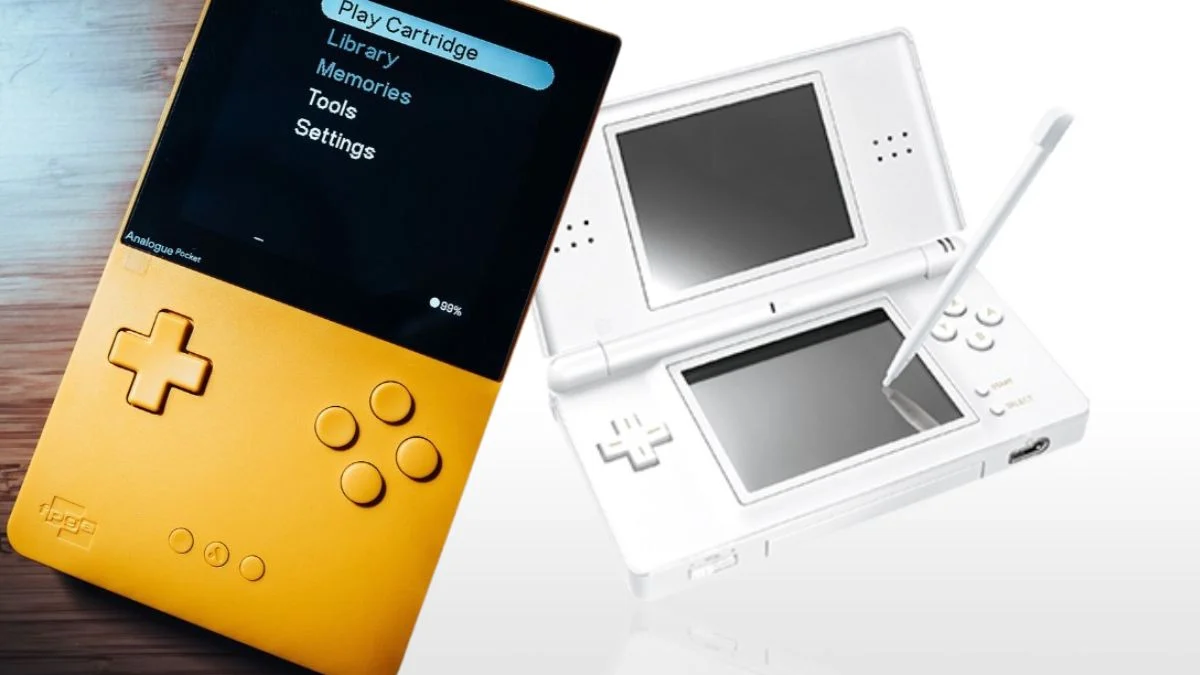
Handheld gaming has constantly evolved, starting with basic screens and now offering powerful devices capable of playing complex games. The most successful handhelds haven’t just been popular – they’ve redefined when and where people game, introduced innovative features, and offered long-lasting game collections.
This is a rundown of the most influential handheld gaming devices ever created. We’ve considered factors like how well they sold, the memorable games they offered, their technical specs, battery performance, and how they shaped the future of gaming for both players and developers. We’ll start with some surprising early successes and work our way up to the biggest names in handheld gaming history.
Nokia N-Gage
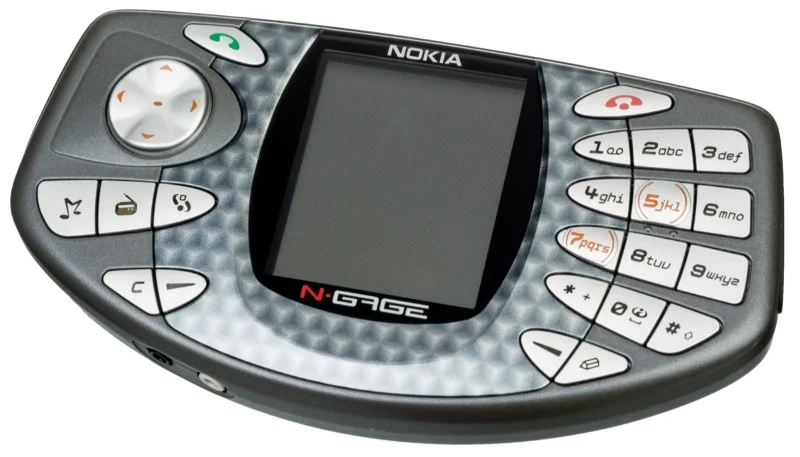
In 2003, Nokia released the N Gage, a device that combined a mobile phone with a handheld gaming system. It ran on the Symbian operating system and played games from cards. Players could connect with each other wirelessly via Bluetooth or mobile data networks. Its unique, taco-like shape placed the speaker on the side, requiring a slightly different way to hold the phone during calls.
The system featured games such as ‘Tony Hawk’s Pro Skater’ and ‘Pathway to Glory,’ and also allowed users to listen to music and the radio. Although it couldn’t compete with traditional game consoles, it pioneered concepts that would later become popular in mobile gaming and connected gameplay on smartphones.
Playdate
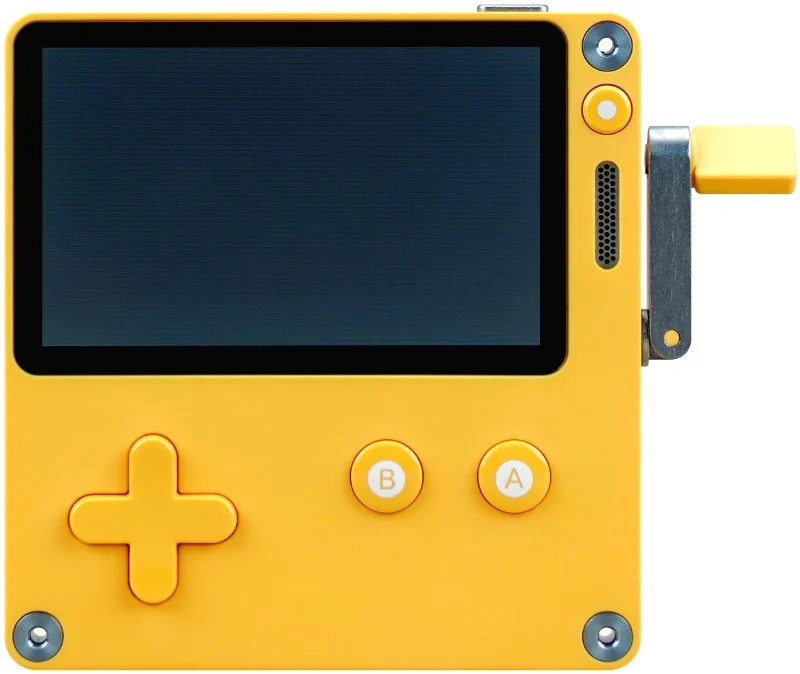
The Playdate, released in 2022, is a unique handheld gaming device featuring a monochrome screen and a hand crank for added control. It launched with a series of original games delivered over time, making the experience of finding new games enjoyable and engaging.
Developers had the freedom to create and install games using a free software kit, and the device received updates over Wi-Fi. Its small size felt like a nostalgic nod to older handhelds, but with updated features. This allowed for unique and creative game development on a dedicated system.
TurboExpress
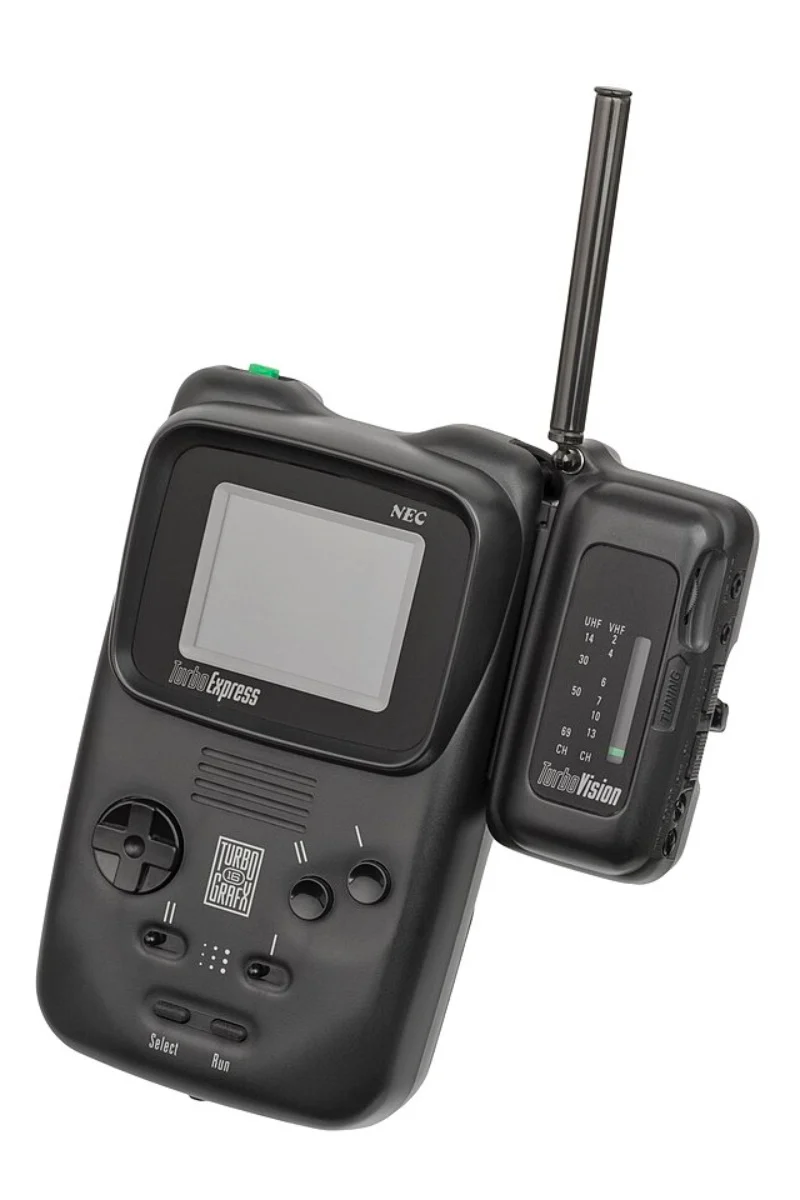
The TurboExpress, launched in 1990, was a handheld version of the TurboGrafx 16. It allowed players to enjoy the same games using interchangeable cards (HuCards) on a compact color screen. Powered by an 8-bit processor and a strong graphics chip, it delivered impressive visuals for its time.
This handheld gaming device could be connected to a TV and supported multiplayer games with a link cable. However, it didn’t last long on a single battery charge and was quite expensive. It featured portable versions of classic games like ‘Bonk’s Adventure’ and ‘R-Type’, demonstrating how powerful handhelds were becoming compared to home consoles at the time.
Atari Lynx
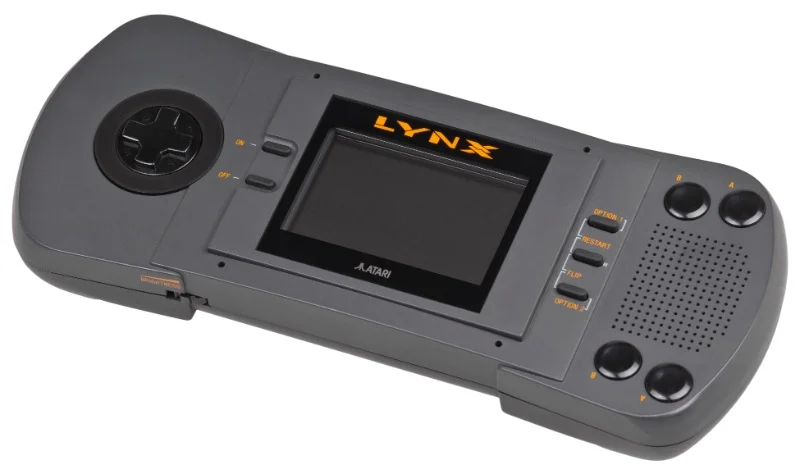
Released in 1989, the Atari Lynx was a handheld console with a bright, color screen and the ability to smoothly zoom in on game characters. It was also designed to be comfortable for both left- and right-handed players thanks to its reversible design.
Games such as ‘California Games’ and ‘Blue Lightning’ really highlighted the system’s bright colors and quick gameplay. It also allowed for linked multiplayer gaming using a device called ComLynx. Although it didn’t win the competition in the market, it significantly improved the graphics on portable gaming systems.
Neo Geo Pocket Color
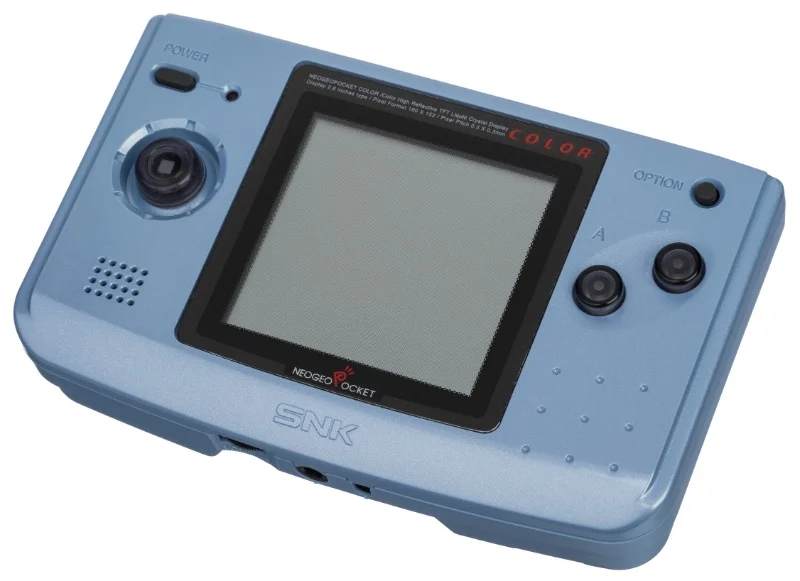
In 1999, SNK released the Neo Geo Pocket Color, a handheld gaming system known for its clear screen and long-lasting battery. It featured a distinctive digital stick that offered accurate control, making fighting games feel similar to playing in an arcade.
Honestly, this handheld had some killer games – I was obsessed with ‘SNK vs Capcom Match of the Millennium’ and ‘Metal Slug 1st Mission’! Plus, it wasn’t just about the big titles, they had some really fun puzzle games too. Being able to link up with friends for some simple multiplayer was awesome, and the thing just *felt* solid and well-made. It really had a premium feel in your hands.
Sega Game Gear
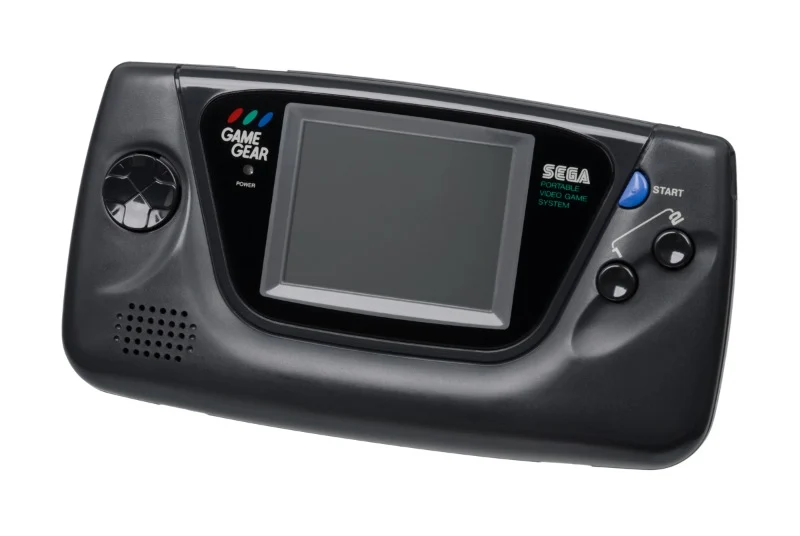
In 1990, Sega launched the Game Gear, a handheld console featuring a color screen with a backlight and stereo sound when used with headphones. Because it was built using similar technology to the Master System, many popular games were easily adapted for the Game Gear.
As a fan, I loved how you could expand the system with things like a TV tuner and even play old Master System games with the right adapter! Of course, some of the best games were classics like ‘Sonic the Hedgehog’, ‘Columns’, and ‘Shining Force Gaiden’. The battery life wasn’t amazing, but honestly, it was worth it for that bright, colorful screen – it let us play action games on the go years before most other handhelds could!
Analogue Pocket
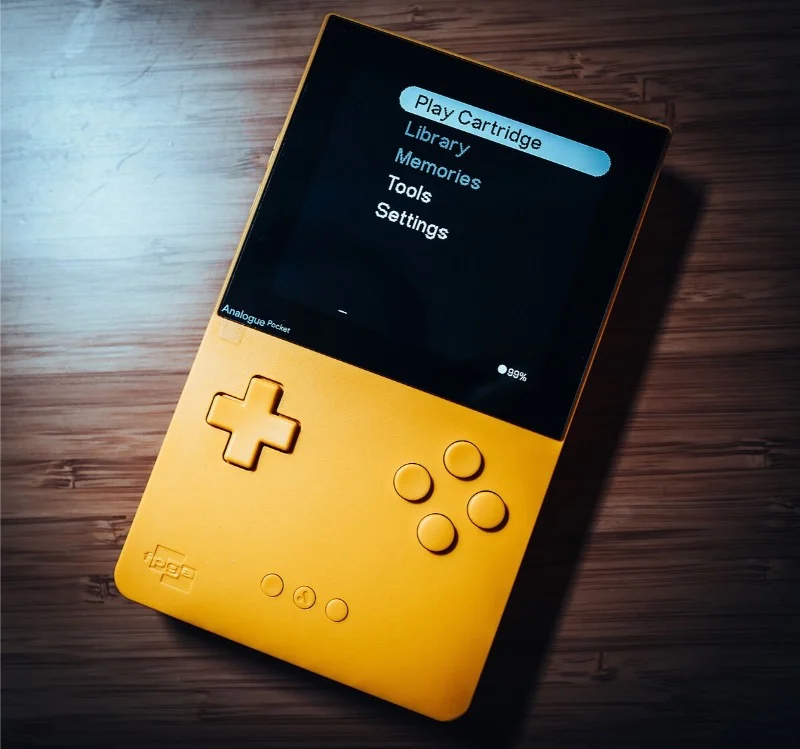
In 2021, Analogue released the Pocket, a handheld device that authentically replicates classic gaming systems using programmable hardware. It features a high-resolution screen, providing crisp and clear graphics for Game Boy, Game Boy Color, and Game Boy Advance games, and supports other older consoles with adapters.
This device lets you save your game at any point, connect to a TV for playing on a bigger screen, and even create your own games with its built-in software. It allows you to still use your original game cartridges, but offers a refreshed, modern way for both longtime fans and new players to enjoy classic titles.
Nintendo Switch Lite
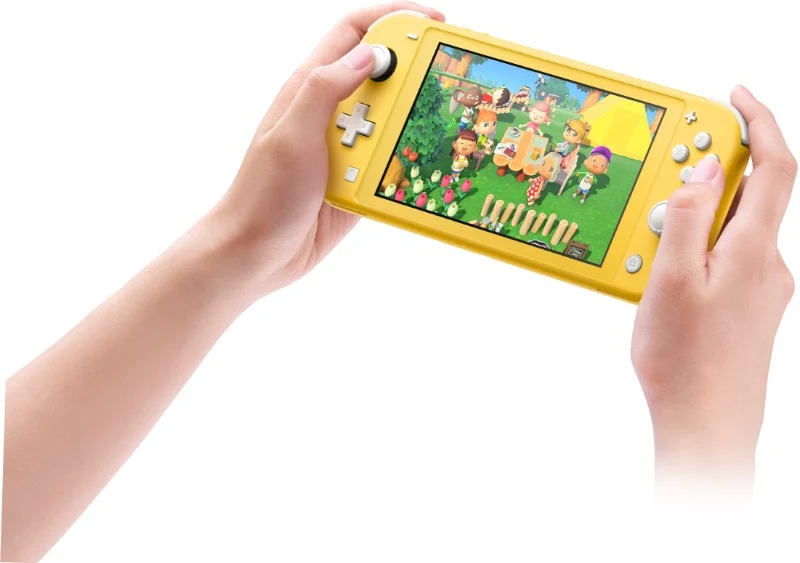
Launched in 2019, the Switch Lite is a smaller, all-in-one handheld gaming console designed for on-the-go play. It has built-in controls, is lighter than the original Switch, and lets you play the same digital games in handheld mode.
The console allowed players to connect online for multiplayer gaming and save their progress in the cloud. Its battery life was improved for extended play while traveling, and its design was comfortable to take on the go. Plus, it was affordable, making it easier for people to get into the Nintendo Switch family of games if they wanted a handheld device.
PlayStation Vita
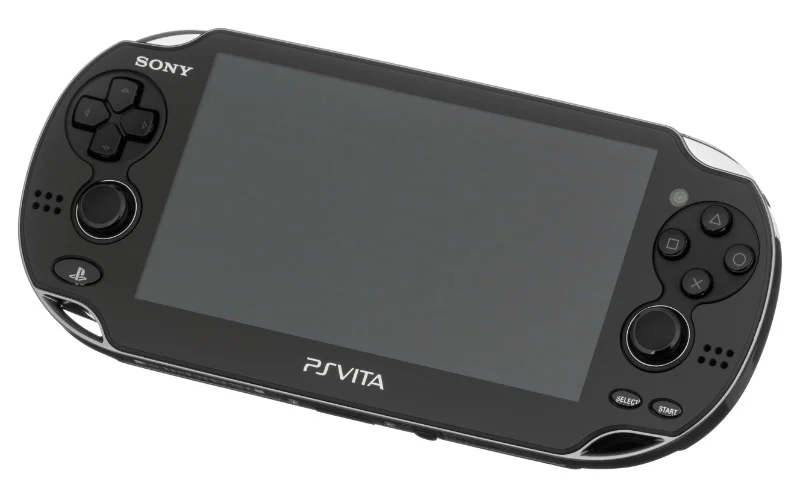
The PlayStation Vita, released by Sony in 2011, was a powerful handheld gaming device for its time. It featured a vibrant five-inch OLED screen, two analog sticks, both front and rear touchscreens, and a fast quad-core processor with impressive graphics. A key feature was Remote Play, allowing users to play PlayStation 4 games on the Vita, and some games were available through cross-buy, meaning you could purchase them once and play on both platforms.
The PlayStation Vita offered games like ‘Persona 4 Golden’ and ‘Tearaway,’ plus a wide variety of independent titles available through the PlayStation Store. It also let you save games using memory cards and some versions had optional 3G connectivity. Though it wasn’t the best-selling handheld, it provided a high-quality experience and a large library of games.
Valve Steam Deck
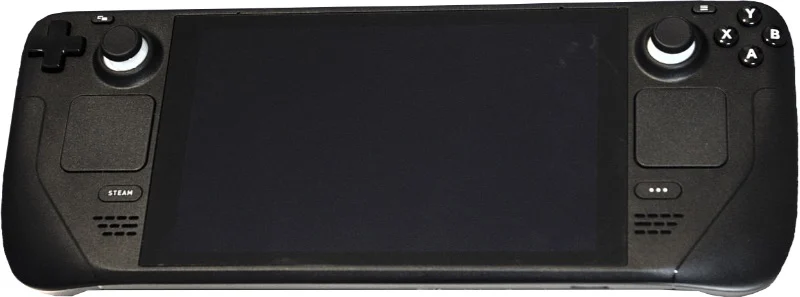
Valve launched the Steam Deck in 2022. It’s a handheld gaming device powered by a special AMD processor and a Linux operating system. A key feature is its ability to play many games from the Steam library thanks to a compatibility layer called Proton. The Steam Deck includes a seven-inch screen, trackpads for precise control, and can be quickly paused and resumed, making it ideal for gaming on the go.
The device let you save your progress online, easily customize it with modifications, and connect to a TV or other accessories with a docking station. Regular software updates made it faster and more reliable, and the platform’s flexible design allowed users to organize their games and even play older titles legally, as long as they owned them.
PlayStation Portable

In 2004, Sony launched the PSP, a handheld gaming device featuring a wide screen and a unique disc format called UMD for games and movies. It also offered Wi-Fi connectivity for online gaming, a web browser, and the ability to play media from Memory Stick cards.
The system featured a great library of games, including titles like ‘Monster Hunter Freedom Unite’, ‘Grand Theft Auto Liberty City Stories’, and ‘Crisis Core Final Fantasy VII’. Its graphics were remarkably good for the time, and it played a key role in proving that handheld devices could offer more than just gaming – they could be full multimedia centers.
Game Boy Color

In 1998, Nintendo released the Game Boy Color, a smaller, updated version of the original Game Boy. It had a faster processor and a color screen, but could still play older Game Boy games. Game designers could use color in existing games or create entirely new ones that took advantage of the improved technology.
The library featured classic Game Boy games like ‘The Legend of Zelda: Link’s Awakening DX’ and ‘Pokemon Crystal.’ These games were innovative for their time, using cartridges that included a real-time clock. This not only kept the games running with strong battery life, but also contributed to the handheld’s durable and portable design.
Nintendo 3DS

The Nintendo 3DS, released in 2011, offered 3D visuals without the need for special glasses and a unique feature called StreetPass, which allowed players to exchange data with other 3DS systems nearby. Later versions of the console improved the experience with the addition of a second control stick and more powerful internal components in the ‘New’ models.
The system offered a strong selection of games, including titles like ‘Animal Crossing: New Leaf’, ‘Fire Emblem Awakening’, and ‘Pokemon X and Y’, plus access to older games through its virtual console. It also played older Nintendo DS games and included fun features like AR cards and a built-in camera.
Game Boy Advance

Man, I remember getting the Game Boy Advance back in 2001! It was a big step up with its 32-bit processor, and they had a ton of cool new games, plus some really clever updates of older classics. Later on, they released the SP, which was awesome because it folded up, and they even added a lit screen – first frontlit, then backlit – which made it way easier to play for hours without straining your eyes. It was a game changer!
The Game Boy Advance brought players together with multiplayer options and features like item trading in games like ‘Pokemon Ruby and Sapphire’. It was also home to popular titles like ‘Metroid Fusion’, ‘Advance Wars’, and ‘Golden Sun’, and its well-designed hardware meant long battery life. Importantly, it pioneered the dual-screen concept that would become popular in future handhelds.
Nintendo DS

Released in 2004, the Nintendo DS was innovative for its time, featuring two screens, a touchscreen, and a microphone – all of which allowed for new ways to play games. It was easy to connect with others and download games thanks to its Wi-Fi and wireless capabilities. Later versions of the DS were even brighter and more comfortable to hold, but they still kept the features that made the original so popular.
The Nintendo DS quickly became popular thanks to games like ‘Brain Age’, ‘Nintendogs’, ‘Mario Kart DS’, and ‘Pokemon Black and White’. Because it could play older Game Boy Advance games from the start, its game library was huge. Ultimately, the DS became one of the best-selling game consoles of all time, appealing to both casual and dedicated gamers.
Share your own top handheld picks in the comments and tell us which portable you still carry today.
Read More
- DOGE PREDICTION. DOGE cryptocurrency
- Calvin Harris Announces India Debut With 2 Shows Across Mumbai and Bangalore in November: How to Attend
- EQT Earnings: Strong Production
- The Relentless Ascent of Broadcom Stock: Why It’s Not Too Late to Jump In
- Docusign’s Theatrical Ascent Amidst Market Farce
- TON PREDICTION. TON cryptocurrency
- The Dividend Maze: VYM and HDV in a Labyrinth of Yield and Diversification
- HBO Boss Discusses the Possibility of THE PENGUIN Season 2
- Ultraman Live Stage Show: Kaiju Battles and LED Effects Coming to America This Fall
- Why Rocket Lab Stock Skyrocketed Last Week
2025-10-10 07:47